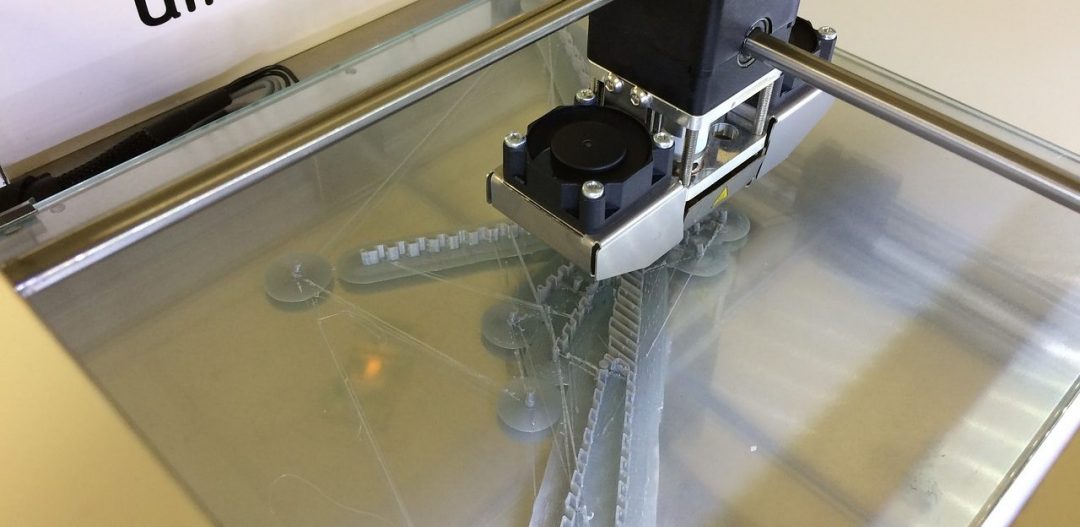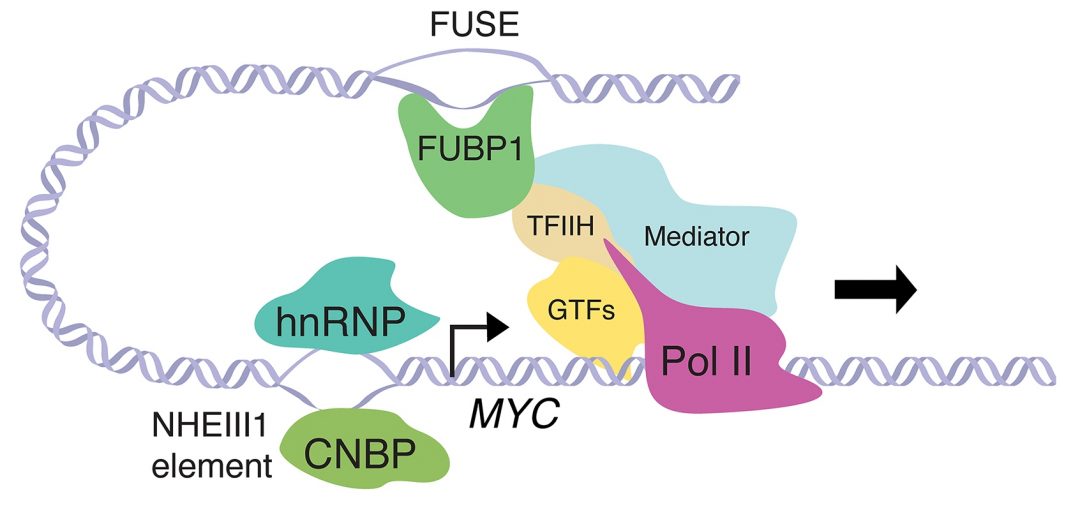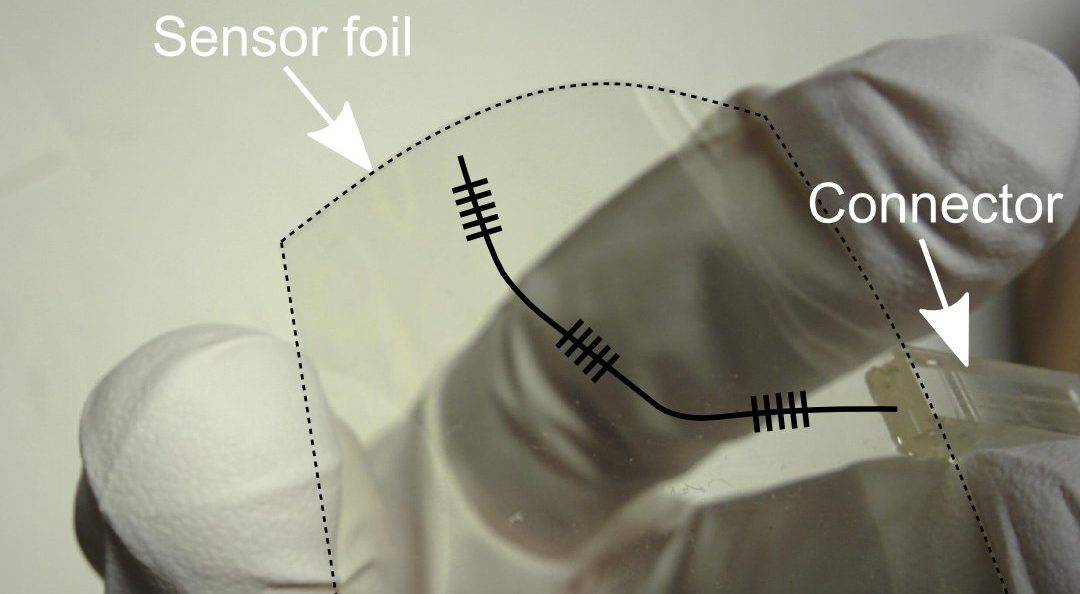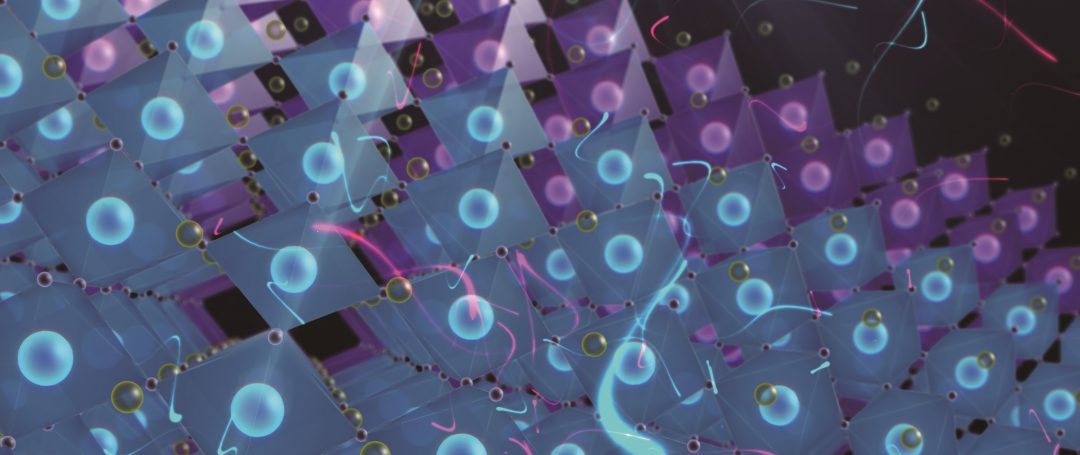A team of researchers construct spider-silk-based “Protein Bricks” with on-demand shape and function for biomedical applications.
![Building Functional Bio-Nanostructures Using “Protein Bricks” [Video]](https://www.advancedsciencenews.com/wp-content/uploads/2018/03/adma201705919_ASN_image.png)
![Building Functional Bio-Nanostructures Using “Protein Bricks” [Video]](https://www.advancedsciencenews.com/wp-content/uploads/2018/03/adma201705919_ASN_image.png)
A team of researchers construct spider-silk-based “Protein Bricks” with on-demand shape and function for biomedical applications.

Artificial intelligence is used to analyze the parameters for creating self-cleaning, superhydrophobic surfaces, and to generate a model for optimizing the experimental conditions.

The iridescence of Nicobar pigeon plumage is put under the microscope.

A team or Irish researchers evaluated the use of a barrel atmospheric plasma system for the treatment of the polymers acrylonitrile butadiene styrene and polylactic acid polymer particles used in 3D printing.

DNA conformation can regulate gene expression, as discussed by Olga Zaytseva and Leonie Quinn in a review in BioEssays.

A fascinating approach for utilizing the chemical energy contained in the carbon–hydrogen bonds of methane without the co-production of carbon dioxide in the combustion process is discussed.

A new international journal covering innovations in the science & engineering that underlie medical devices and medical sensors now accepting submissions.
![Lithium Niobate Atomization Device for Viscous Liquids [Video]](https://www.advancedsciencenews.com/wp-content/uploads/2018/03/adfm201704359_ASN_image.png)
James Friend from the University of California, and co-workers from the Technion–Israel Institute of Technology, report a lithium niobate atomization device capable of atomizing viscous liquids with unprecedented atomization flow rate and efficiency.

A sensor foil made from polymers withstands bending to a radius of 11 mm, and elongation by 1.4% without losing functionality.

Electronic structure calculations on twenty-three different transition metals illuminate the optimum dopant choices to improve electron mobility in oxide perovskite heterostructures.